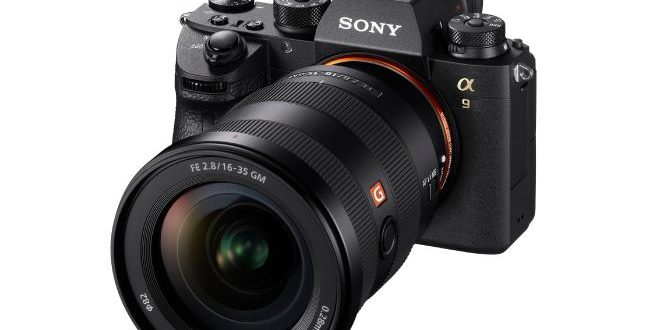For years, the high-end photography market has been saturated with DSLR cameras manufactured by industry giants Canon and Nikon, but that’s set to change with the release of Sony’s newest mirrorless camera, the Sony a9.
Sony’s a9 is a $6799 full-frame mirrorless camera that will shake the industry to its core. The a9 runs rings around high-end DSLRs — it’s faster, lighter, higher resolution and takes the best video of the bunch.
The photography market has softened over the past few years. Despite this Sony’s innovative full-frame mirrorless a7 series continued to grow.
The a9 builds on the success of its mid-range predecessors, adding in useful features like a much larger battery and a second SD card slot, features aimed squarely at news and sport photographers. The most important upgrade, however, is a game-changing electronic viewfinder (EVF), that in use feels nearly as good as peering through an optical viewfinder on DSLRs.
The new EVF has scaled up from earlier models and doubled the refresh rate to 120hz. It’s this second feature that makes the new EVF feel better than any other on the market. With the fast refresh rate, looking through the EVF hardly feels different to gazing with the naked eye, while on slower models EVFs can feel slow and unresponsive.
As a full-frame camera, the a9 lets in a lot more light than mirrorless rivals with smaller sensors and through its best-in-class electronic shutter is able to shoot at 20 frames per second. In comparison, Canon’s $8999 flagship pro camera, the 1DX mk ii, has a maximum shooting speed of 14 frames per second.
Pixel-peepers will argue over the intricacies of image quality between the a9 and rival DSLRs, but for sports photographers, the better choice is obvious.
What’s less obvious is the “better” lens system. Nikon and Canon have an impressive range when it comes to glass, with multiple generations of products built around single interchangeable mounts. This means pro photographers are likely to have already made significant investments in brand ecosystems, making the choice to jump ship harder.
There are workarounds to adapt lenses between brands, although often with a trade-off of autofocus speed or image stabilisation. Sony has been working hard over the past 24 months to build out their lens range.
Last year, Sony introduced a new category of lenses, aimed at the professional market. The “G Master” series of lenses bring refined optics and a focus on pro needs, like on-lens buttons or on-lens aperture control.
Not everything is perfect with the a9. It features a touch screen, but the implementation is extremely limited compared to Canon’s offering. Users can tap to focus, which is nice, but menu control is messy for now.
The video output of the a9 is sharp, due to an oversampling technique that reads the information of the full 24.2MP sensor, before being down-sampled to 4K (8.3MP). The picture is stunning, but Sony has strangely not included the “log” shooting options included in the a7s, which allows videographers more flexibility.
Reader comments on this site are moderated before publication to promote lively and civil debate. We encourage your comments but submitting one does not guarantee publication. We publish hundreds of comments daily, and if a comment is rejected it is likely because it does not meet with our comment guidelines, which you can read here. No correspondence will be entered into if a comment is declined.





